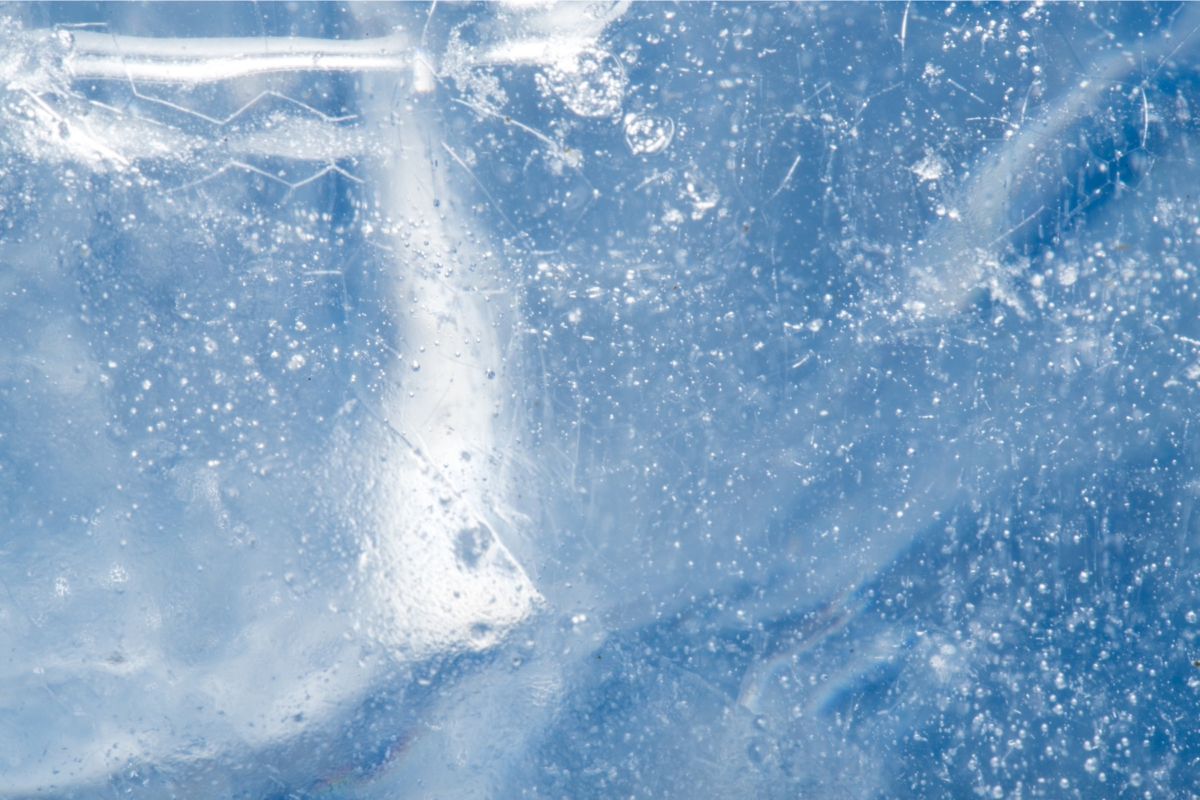
Can a cold plunge help your running?
From ice bucket challenges to polar plunges, people have embraced being doused with or dunked in icy water to raise money for their favorite causes. But can cold water immersion have benefits beyond fundraising?
Research indicates that icy water may have a positive effect on recovery after exercise by reducing inflammation and soreness. It also may help build resiliency, restore balance to the nervous system and improve cognitive function and mood.
What are the basics of cold-water immersion?
A cold plunge or cold-water immersion involves partially or totally submerging yourself in cold water for a few minutes at a time. It can be as simple as sitting in a bathtub filled with cold water and ice cubes or jumping into a cold lake or the ocean. You can also go to a cold plunge center or create or buy your own cold plunge tank, which, if it has all the options, can cost up to $20,000.
Be sure not to plunge into icy waters with a current like a river to avoid being swept downstream or trapped under ice.
Water should be 50 F or colder. Keep in mind that the water in a frozen lake will be much colder. That’s why it’s a good idea to measure the temperature before you jump in. The plunge can be done as one continuous session or multiple sessions with breaks between the sessions. Typically, cold-water plungers start with 30 seconds to a minute and work up to five to 10 minutes at a time.
Researchers are still determining the optimum process and timing for cold-water immersion sessions.
You can do cold plunging every day. However, if you’re doing it after training, daily plunges could compromise the potential for long-term performance improvements.
What are the benefits for running recovery or performance?
Research on cold-water immersion has found evidence that it helps reduce the degree of exercise-induced muscle damage that can occur after physically challenging activities like distance running. Less damage leads to less inflammation, which in turn reduces soreness and helps restore physical performance the next day.
These benefits may result from rapid constriction of the blood vessels due to the cold water. The cold can trigger responses in your body, such as decreased metabolic activity, alterations in hormone production and blood flow, and activation of the immune system.
What are the drawbacks of cold plunges?
The most obvious drawback is the cold and discomfort, although frequent plungers report becoming more comfortable and tolerant of the cold with regular exposure. Depending on the environment, such as plunging into an ice- and snow-covered lake, you also may be at risk for frostbite. Too long exposure can also lead to hypothermia, so make sure you have towels and warm clothing close at hand if you’re doing cold plunges outdoors.
For athletes, cold-water immersion may affect different types of training in different ways. If you also incorporate resistance workouts in your training, cold water may turn down the molecular signaling pathways that are normally activated after exercise. This may hinder long-term improvements in strength, muscle growth and performance. However, cold-water immersion doesn’t appear to negatively affect endurance training in the same way.
If you want to try cold-water immersion, start by consulting an expert, such as a sports medicine specialist, to ensure you’re plunging appropriately and following the right protocol. If you have risk factors associated with cardiovascular disease, such as high blood pressure, check with your primary care provider or cardiologist so you know it’s safe for you to cold plunge.
Andrew Jagim, Ph.D., specializes in sports medicine in La Crosse and Onalaska, Wisconsin.
Congratulations on setting a goal to run a long-distance race. You’ve just joined a group of more than 60 million people in the U.S. who participate in organized runs and races. Running doesn’t require much gear, but well-fitting, running-specific shoes are a must.
Someone training for a long-distance run, such as a marathon, can log 800 or more miles before a race. With your feet enduring this kind of mileage, it’s essential to choose the appropriate footwear to maintain the health of your feet and prevent injury.
Shop in the evening.
Throughout the day, your feet retain fluid, causing them to swell. For this reason, it’s best to go shoe shopping late in the day or evening, when swelling is at its maximum. This increases the likelihood of choosing a fit that’s comfortable throughout the day.
Check out specialty shoe stores.
Specialty shoe stores offer valuable services, including in-store fittings and measurements, unique styles, extended sizes, shoes with varying levels of cushion and special inserts. Experienced store associates help customers determine appropriate shoe sizes, style and support to maximize comfort and functionality.
Since you’re starting a running program, ask about shoes designed especially for road running. These shoes tend to have flatter, smoother soles that create a consistent surface for running on roads, sidewalks, tracks and treadmills.
Not all brands are equal.
Shoe size can slightly vary from brand to brand. Don’t be afraid to venture up or down a half or full size if you’re trying a new brand or a new style from a familiar brand.
Choose the right size and fit.
More than two-thirds of the population has one foot that’s larger than the other. This rarely exceeds one-half size. However, this should be considered when buying new shoes.
Always choose your size based on the fit of the larger foot, since the fit of the smaller foot can be easily adjusted by adding an insert or arch support. That’s why it’s important to try on both shoes. If a shoe fits properly, there should be a half-inch of space between your longest toe and the front of the shoe, leaving plenty of room to wiggle your toes.
When trying on shoes, bring your running socks and any custom orthotics.
Accommodate deformities.
Common foot deformities, including bunions and hammertoes, can pose challenges when it comes to footwear. Luckily, many brands offer shoes that are available with extra width and depth to accommodate these deformities and prevent painful corns and calluses from developing. Specialty shoe stores also may provide stretching to accommodate a deformity.
Lace shoes correctly.
How you lace your shoes can improve the fit. To help lock your heel in place, try the runner’s loop. To relieve pressure points on the top of your foot, window or box lacing might work best for you.
Take shoes for a test spin.
Take a stroll around the store, paying attention to any rubbing or discomfort as you stand, walk or jog in place. If a shoe is uncomfortable in the store, it likely will be uncomfortable after wearing it for a month or two. Running shoes that feel right in the store shouldn’t need to be broken in.
Know when to buy a new pair.
Your shoes are going to get a workout as you train. In general, a pair of running shoes lasts 400 to 500 miles or three to four months. Keep an eye on the midsoles and outsoles. If they’re compressed or worn, it’s time to buy a new pair.
If you have questions about foot health, talk with your healthcare professional or schedule an appointment with a podiatrist. Because podiatrists specialize in foot issues, they can provide the best recommendations based on your specific needs.
Stephanie Kvas, D.P.M., is a podiatrist in New Prague and Waseca, Minnesota.




